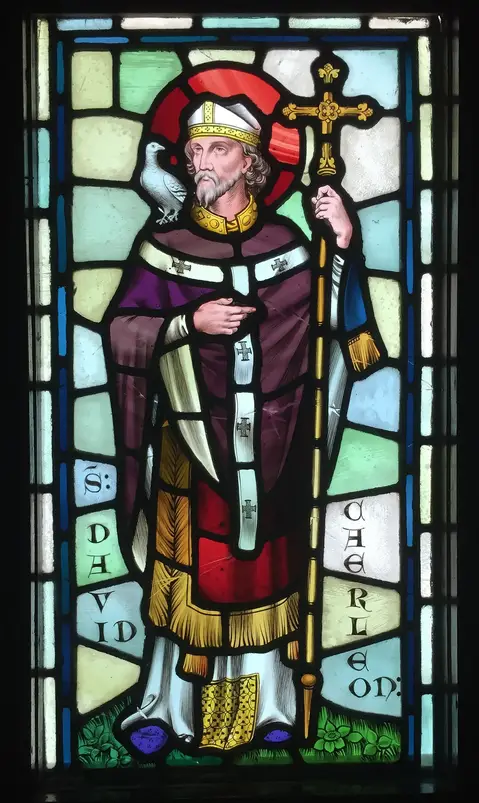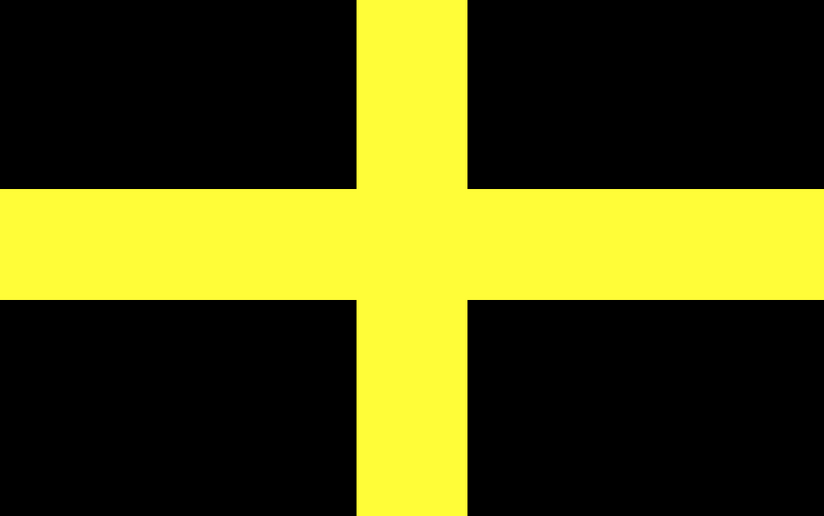St David’s Day, otherwise known as Dydd Gŵyl Dewi,
Wales is the first country in the UK each year that honours one of its four patron saints (the others being St Patrick for Northern Ireland, St Andrew for Scotland and St George for England.)
Us here in Wales (and those of Welsh descent in other parts of the world) mark the day with culinary delights and celebrations, such as eating our body weight in Welshcakes & Bara brith.
Here is St David’s life and why we love to celebrate what we personally think is the best patron saint.
Who, what, where, when, why?
March the 1st which is the same day as the patron saint’s death. But sadly it is not yet a national holiday in the UK.
Back in 2007, former Prime Minister, Labour leader Tony Blair, rejected requests for this ever growing day of celebration to become a public holiday, even though a poll revealed that whopping 87% of Welsh people were in favour. (we are sure it would be more than that now)

Who was St David?
He is believed to have been around 1,500 years ago, an exact date is unknown
It is said that he was born in Pembrokeshire on the Pembrokeshire cliffs during a wild thunderstorm, and legend has it that he was the son of Sant (aka Sanctus), king of Ceredigion and a nun named Nonnita (Non).
However, some historians dispute this and believe that his parents descended from Welsh royalty.
According to the History publications, during the medieval times it was believed that St. David was actually the nephew of King Arthur and it is said that the patron saint of Ireland, St Patrick, foresaw the birth of David in 520AD.
Becoming a monk as a young man St. David found a monastery close to his birthplace which the surrounding area is now known as St Davids
St David’s Cathedral and St David’s Bishop’s Palace are believed to have been built on the site of the original monastery.
He was a big traveler, traveling widely throughout Wales, parts of England, Brittany in France and possibly to Ireland and Jerusalem. He also founded several churches and monasteries and was eventually named the Archbishop of Wales at the Synod of Brefi (Llanddewi Brefi), Cardiganshire.
St David died on 1 March 589A.D, he was allegedly more than 100-years-old, but without an accurate birth date we will never know for sure.
How is St David’s Day celebrated?

Today the flag of St David (as seen above) a yellow cross on a black background – and the national Welsh flag, the Y Ddraig Goch, will be seen all across Wales.
In normal times there is a National St David’s Day Parade across the centre of Cardiff, which would include live performances from dancers and theatrical groups, bt due to the current Covid-19 restrictions these have had to be cancelled.
The feast of St David comprises of delicious Lamb, mutton and leek dishes which are enjoyed especially today
Welsh cakes are also prepared, and can be eaten as a teatime treat or on their own as a snack. (any time really)